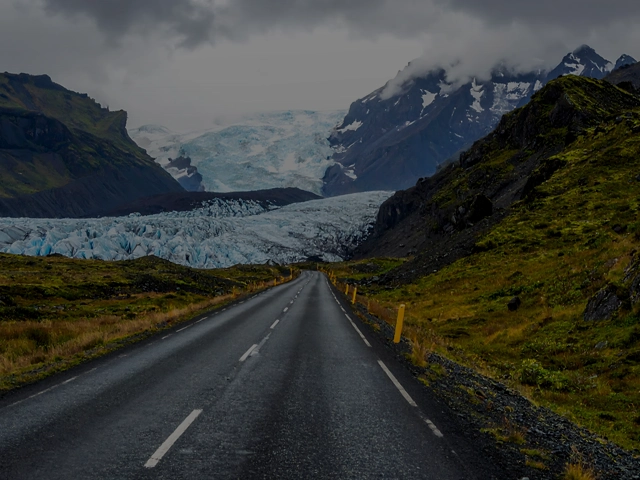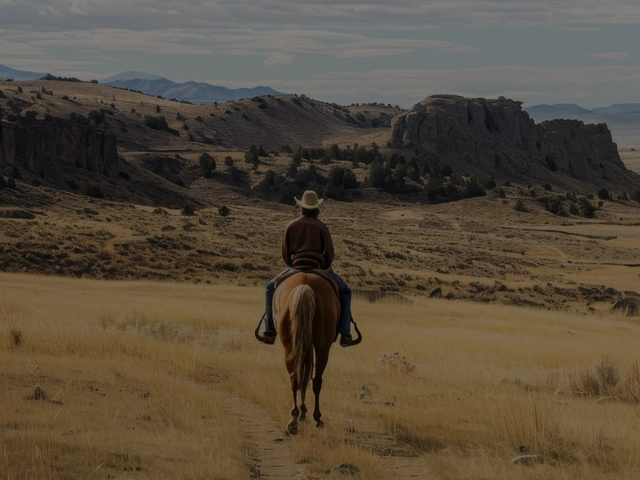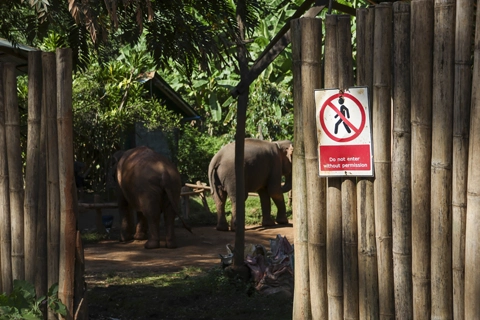
Western Canada
Unveiling the majestic wilderness of Alberta Canada
Between the soaring peaks of the Rocky Mountains and the vast expanse of the prairies, this province offers a sanctuary where wild nature meets rich cultural history.
A land carved by glaciers and time
Natural splendor
Navigating the diverse ecological zones of the Province
The geographical tapestry shifts dramatically from west to east. High alpine environments, dominated by icefields and turquoise lakes, gradually give way to the rolling foothills. These transition zones serve as vital corridors for wildlife migration before flattening into the fertile agricultural plains that stretch toward the horizon.
Further north, the landscape transforms into a dense boreal forest, a vast ecosystem of spruce and wetlands under the aurora borealis. To the southeast, the terrain opens up into the arid Badlands, revealing striated canyons and wind-sculpted hoodoos that tell a geological story millions of years old.

– 01
Immersing senses in the heart of the Rockies
Turquoise waters and towering granite peaks define the quintessential mountain escape.
Visitors often start their journey at the edge of glacial lakes, where the water reflects the surrounding summits like a mirror. Beyond the view, the experience involves traversing high-altitude passes, breathing crisp alpine air, and witnessing elk grazing quietly in meadows just moments away from civilization.
– 02
Echoes of Indigenous cultures and ranching history
Ancient oral histories blend with the rugged legacy of western frontier life.
Generations of First Nations communities have maintained a deep spiritual connection to this land, preserved through art, dance, and storytelling. Concurrently, the legacy of the open range thrives in the foothills, where working ranches continue to practice sustainable cattle herding techniques established by early settlers in the region.


– 03
Savoring the bounty of prairies and mountains
Local ingredients transform into culinary masterpieces reflecting the regional geography.
The distinct climate favors the production of high-quality grains and beef known worldwide for its texture. Chefs in urban centers innovate by incorporating wild berries, bison, and root vegetables into modern dishes, creating a gastronomy that honors the short growing season and the richness of the soil.
Driving through landscapes of contrast and beauty
Road trips here are not merely transit, but immersive journeys through changing geology, linking alpine heights to desert valleys through a network of scenic highways. Each mile reveals a new shift in the landscape, from winding mountain passes carved into sheer cliffs to vast plateaus where the horizon stretches endlessly. Travelers experience a slow, cinematic transition between ecosystems, climates, and colors, making every route feel like an exploration rather than a commute.

The Icefields Parkway Route
This legendary stretch of asphalt winds past over one hundred ancient glaciers and cascading waterfalls, offering unparalleled views of the continental divide.

The Historic Cowboy Trail
Hugging the eastern slopes of the mountains, this path reveals historic barns, horseback riding trails, and the enduring spirit of the ranching west.

The Dinosaur Trail Loop
Descending into the Red Deer River valley, drivers encounter prehistoric fossil beds and dramatic sandstone formations that create an otherworldly desert atmosphere.
Tracing millions of years of geological evolution
From prehistoric giants to modern parks
Long before humans walked these valleys, dinosaurs roamed the lush sub-tropical forests that once covered the area. The fossilized remains found in the badlands provide a direct window into the Cretaceous period. Today, conservation efforts ensure these paleontological treasures and the surrounding wilderness remain protected for future study and appreciation.
Responsible exploration of wild spaces
Preserving these fragile ecosystems requires conscious travel, strict adherence to park regulations, and a commitment to maintaining a safe distance from wildlife habitats. It also means understanding the long-term impact of seemingly small actions — staying on marked trails to protect delicate vegetation, minimizing noise to avoid disturbing animal behavior, and respecting seasonal access restrictions designed to safeguard breeding grounds. Through mindful choices, visitors help ensure that these natural sanctuaries remain vibrant and resilient for generations to come.
Essentials for the northern traveler
Preparation ensures safety and enjoyment across the seasons, as weather conditions in the province can change rapidly regardless of the time of year.

Seasonal climate shifts
Winters bring heavy snow ideal for skiing, while summers offer long daylight hours perfect for extended hiking.

Wildlife safety rules
Maintaining safe distances from bears and elk is crucial for both visitor well-being and animal preservation.

Park pass requirements
Accessing national and provincial reserves necessitates valid permits to support conservation maintenance and facility upkeep.